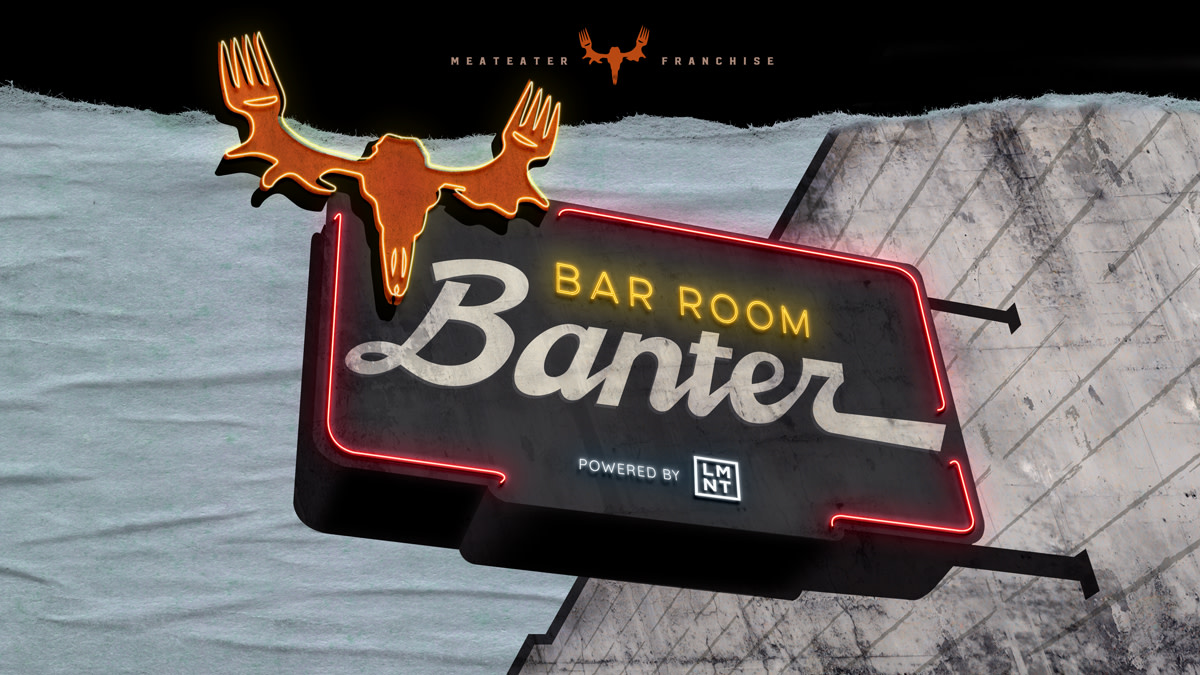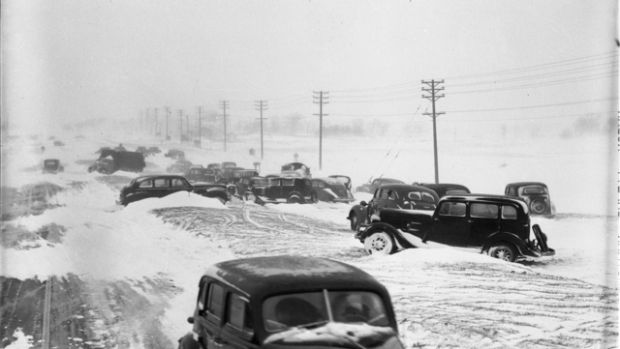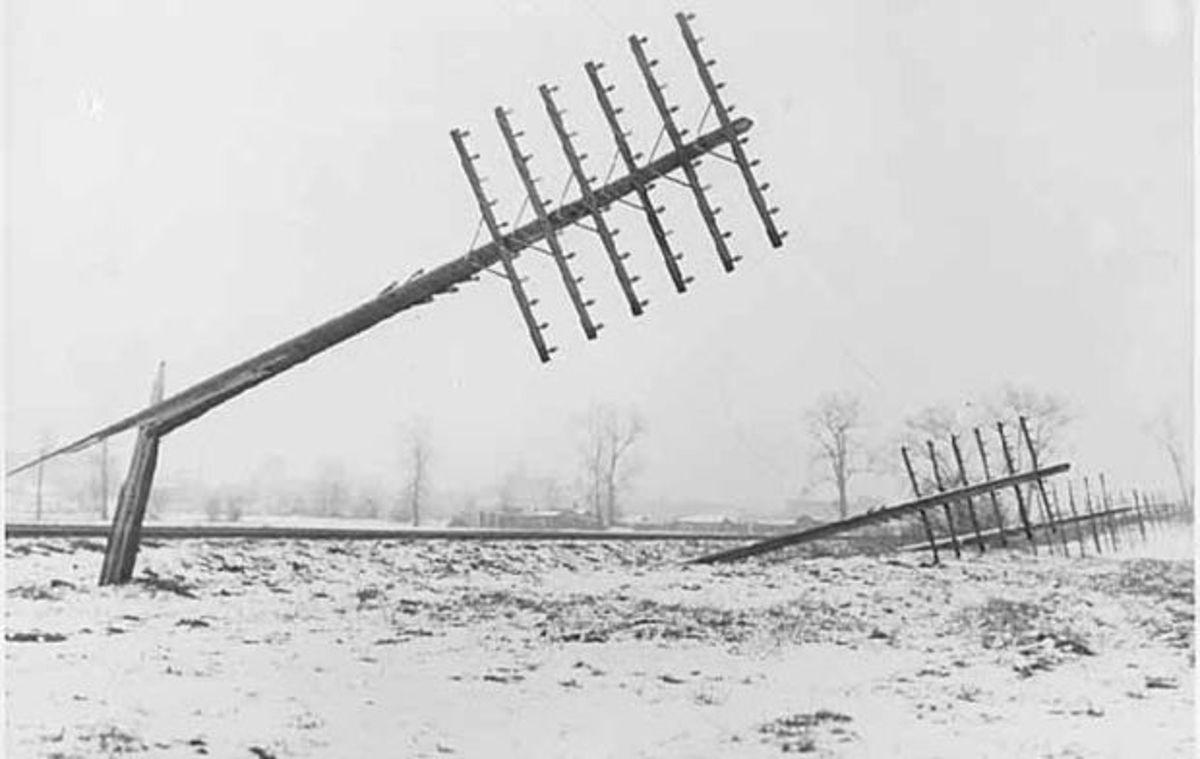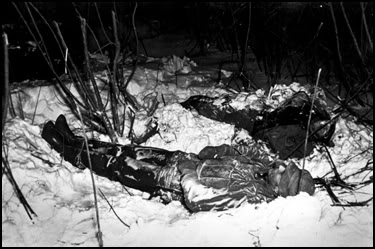
There’s a difference between book smart and bar smart. You may not be book smart, but this series can make you seem educated and interesting from a barstool. So, belly up, mix yourself a glass of LMNT Recharge, and take notes as we look at the deadliest day for duck hunters in human history. Powered by LMNT.
The fall of 1940 was a mild one in the Midwest. October brought an Indian summer with warm temperatures, no wind, and little rain. The general public loved it, but duck hunters hated it.
As every waterfowler knows, it takes “bad” weather to kickstart the migration each autumn. Sure, there was a smattering of local teal, wigeon, and shovelers to be hunted early in the season, but most of North America’s ducks were fattening up on Canada’s prairie well into fall.
That all changed on November 10 when a forecast came that held promise. Cold, snow, wind, and clouds were predicted for most of the North. The timing couldn’t have been better—or worse, with hindsight. The next day, November 11, was Armistice Day, a widely recognized and widely celebrated holiday at that time.
Armistice Day commemorated the peace treaty signed between the Allies and Germany that ended WWI in 1918. In 1954, President Dwight Eisenhower changed the name to Veterans’ Day “to insure proper and widespread observance” of all soldiers from all wars.
The forecast did exactly what it was supposed to: Hordes of mallards, redheads, bluebills, and canvasbacks poured into the Great Plains and Great Lakes regions. Hunters took to water and field that morning with high expectations that were certainly met. Many even referred to it as the best day of duck hunting they’d ever experienced.

“At 2 o’clock the rain turned into wind-driven sleet and snow, and within the next two hours I saw more waterfowl than I’ve seen in my life,” Dale Engler, who was hunting on the Mississippi River in Minnesota, wrote in a personal account in 1963. “About that time some hunters started to go ashore, but I thought it was just an early snowstorm and paid no attention. Besides, I was having the time of my life.”
Engler’s story isn’t unique. Thousands of waterfowlers across the Midwest hunted into the afternoon as clouds of snow and clouds of ducks filled the atmosphere. As the weather got worse, the duck hunting got better.
What was taking place was a collision of cold, dry polar air from Canada and warm, moist, subtropical air from the Gulf of Mexico. The result was a blizzard that brought 2 feet of snow, 40 to 50 m.p.h. sustained winds (with gusts of 80), and a 30-degree temperature swing from above freezing to single digits.
The storm halted travel, knocked out power and phone lines, and devastated livestock. So many domestic turkeys died in Minnesota and Iowa that farmers were selling “fresh frozen” birds for 25 cents apiece. There was a regional shortage for Thanksgiving that year, with some estimates suggesting 1.5 million turkeys were lost in the blizzard.
And in the middle of this once-in-a-lifetime storm were the unprepared duck hunters. At best, hunters were wearing cotton duck coats and canvas gloves and hats. At worst, they were in jeans and flannels. It’s hard to blame them, though.

“It was shirt-sleeve weather,” William Hull wrote in “All Hell Broke Loose.” “Fifty degrees. Few had given a second thought to cold weather gear. But few could have imagined the deadly nightmare that would besiege the Upper Midwest that day.”
For many hunters that stayed afield beyond lunchtime, it was too late. Cranky outboard motors wouldn’t start, and even if they did, the waves had become too big to navigate. Their only option was to spend the night in the blizzard.
Some hunters managed to find other hunters and consolidate resources, but many entered the night in groups of two or three. Either way, they had to get creative to fight off hypothermia. Some took turns shooting down tree branches to stoke a fire or light loose piles of gunpowder for brief moments of heat. Others held their dogs to stay warm or punched each other to stay awake.
For those that made it to daylight, the agony wasn’t over. The wind still blew, temps still hovered around zero, and boat motors were no more willing to start. Hunters mostly had to rely on other hunters for rescuing, but there was one waterfowling guardian angel in the sky that day.
Max Conrad, a pilot who dozens of hunters said they owed their lives to, risked his own on Tuesday, November 12, to fly his Piper Cub over the Mississippi. Conrad scanned the frozen earth for the living, but often just discovered the dead.

If he did find a survivor, he’d swing his plane low, cut the engine, scream out the window that help was on the way, and drop canisters filled with sandwiches, matches, whiskey, and cigarettes. After that, he’d circle above them until rescue boats could zero in on the location and reach the hunters. Conrad did this until 10 p.m. that night, then got up the next morning and did it all again.
Casualty estimates range from 159 to 210—about 85 were duck hunters from North Dakota, South Dakota, Minnesota, Wisconsin, Iowa, and Illinois and 66 were sailors on Lake Michigan. The rest were made up of train passengers, motorists, farmers, children, and more. The massive loss of life inspired the U.S. Weather Bureau to invest more in technology and communication to ensure that this would never happen again.
“Meteorologists shudder when the Armistice Day blizzard subject comes up,” meteorologist Paul Douglas of Minnesota told Minnesota Public Radio in a 2000 interview. “I think technology has helped and we would not be caught off guard again. But certainly there can still be scenarios where we are surprised, where we are caught, and that’s why this can be such a humbling profession.”
You also can’t underestimate a hunter’s willingness to push through bad weather to ascend one more mountain, or hunt one more hour, or kill one more mallard. For those that didn’t die in their blind or boat, the day served as a reminder of what could have been and what was.
“The ducks were all over, so we just stood there and shot ‘em,” Ed Kosidowski, a Minnesota hunter, said in a 1983 interview. “We had warm clothes—extra socks and all—so we kept firing away. Oh, it was a terrible night. We didn’t make it to shore until about 10 p.m. But that shooting, oh that shooting, you couldn’t imagine it.”
Feature graphic via Hunter Spencer.






